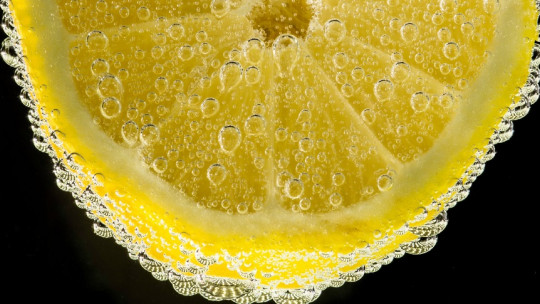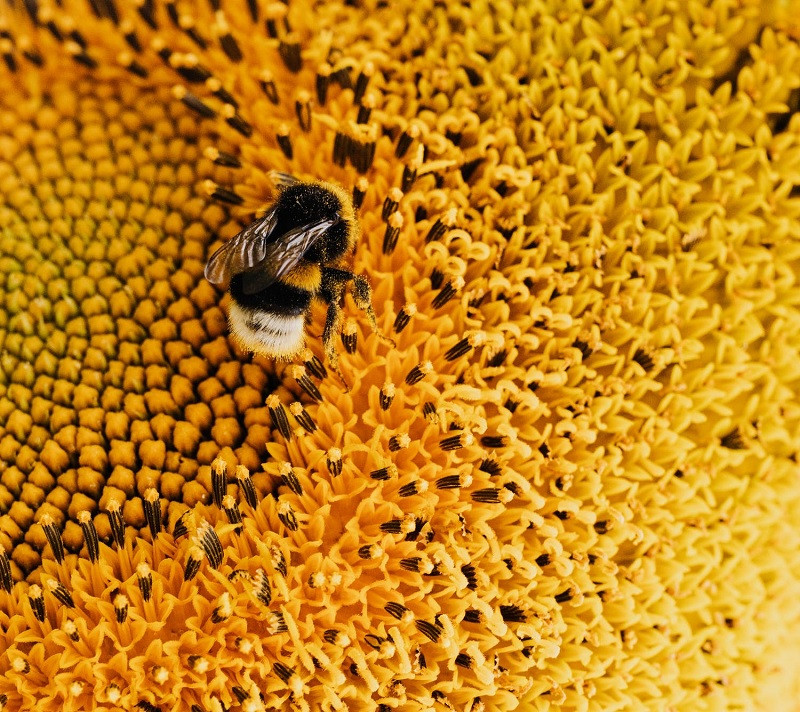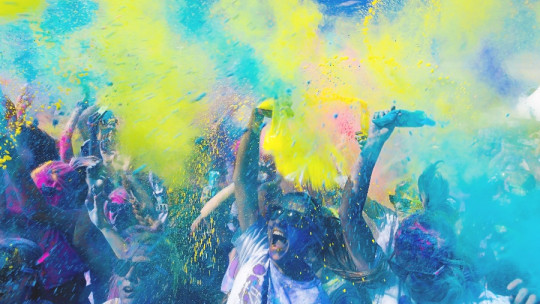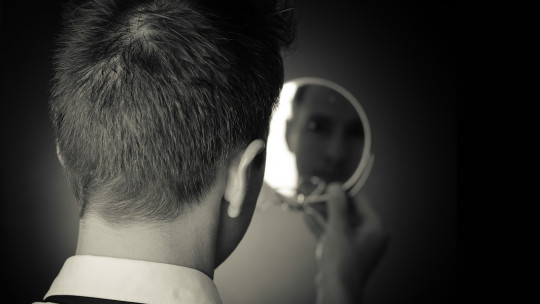
In popular culture there are certain myths and superstitions regarding various phenomena and objects. People, even if we consider ourselves very rational, always end up believing in things of dubious evidence, but which are very difficult for us to stop believing.
Amulets, rituals and various customs are associated with bringing good luck, but we also have things that we believe will bring us misfortune, and among them we have the popular belief that yellow can give us bad luck.
The irrational and extreme fear of the color yellow is known as xanthophobia. and, although it is a somewhat debatable phobia, it makes sense considering how in Western culture we see this color as something bad. Next we will see what it consists of.
What is xanthophobia?
Xanthophobia (from the Greek “xanthos”; yellow and “phobos”; fear) is the irrational and excessive fear of the color yellow. Based on this definition, it can be understood as xanthophobic behavior rejecting any object or substance that has the striking property of being yellowin addition to avoiding using anything that has that color in daily life.
It is difficult to consider xanthophobia as a real mental disorder. To be one, specifically a specific phobia, it should meet the diagnostic criteria of this type of psychological conditions, criteria that we can find in the DSM-5 and the ICD-11. In both diagnostic systems, it is highlighted that phobias do not only imply that the person feels a great fear of a specific stimulus, in this case the color yellow, but also that the associated avoidance behavior significantly interferes with their daily life.
Xanthophobia does not seem to be a common problem in the population. Nor does it seem to involve a high degree of interference in the daily lives of those who say they suffer from it, which is why there is not much scientific literature that addresses this phobia in depth. In fact, it is considered that it would be really difficult to diagnose it as a real phobia or even consider it to be a real mental disorder.
In any case, xanthophobia, More than a specific phobia of the color yellow, it would be a superstition, an irrational belief with a broad cultural base since in some societies this color is associated with bad luck. In this sense, the reason why someone would reject yellow things, such as clothing, vehicles with that color or any yellow object would be due to mere superstition.

Symptoms
As we said, it is difficult to consider xanthophobia as a real phobia. However, if it were a real specific phobia, a set of symptoms would have to occur that are typical of this type of disorder, which would appear in the presence of yellow objects. These symptoms can be grouped into cognitive, behavioral and physiological.and they would manifest when the person who has an irrational fear of the color yellow saw something with that color or thought that he was going to find himself in a situation in which there could be something yellow.
In the cognitive aspect, those who suffer from xanthophobia they clearly and unequivocally believe that the color causes bad luck or is the source of some type of harm. This is a superstitious thought, an irrational idea that can condition your way of seeing and understanding the world. For example, a person with xanthophobia may believe that if he sees a yellow car while going to work in her vehicle, he may be more likely to have an accident.
At a behavioral level, Patients who suffer from a specific phobia usually actively avoid the phobic stimulus or situation. In this case, a patient with xanthophobia would avoid any yellow object, in addition and as a consequence of his cultural heritage he will avoid wearing yellow clothes in situations in which he wants to have good luck, such as a first date, a job interview, take an exam at the university…
Most phobias involve physiological symptoms such as tachycardia, nausea, dizziness, sweating, bradycardia or increased blood pressuresymptoms that would occur when seeing a yellow object in the case of xanthophobia.
Causes of xanthophobia
Xanthophobia is a peculiar phobia. As we have mentioned, it is the irrational phobia of the color yellow, the superstitious idea that that color is synonymous with bad luck. This belief seems to have its explanation in a widespread legend in the Western world related to theater.
It is said that the famous French playwright Molière died presenting his play “The Imaginary Sick” (1673) while he was dressed in yellow clothing. Since then, he has associated this color with bad luck, especially wearing yellow.
In the cognitive-behavioral model, it is maintained that the development and maintenance of certain phobias is due to classical conditioning. In the case of xanthophobia, the fear of the color yellow would occur when associating this color with another aversive stimulus, as Molière’s contemporaries must have done when they associated wearing yellow with the playwright’s death.
The phobia would be reinforced through operant conditioningsince those who avoided wearing yellow, considering that they were not unlucky, would attribute it to avoiding wearing that color and, consequently, would avoid wearing yellow clothes even more.
Although in the 21st century this superstition should be more than overcome, the truth is that it has been transmitted from generation to generation and, although xanthophobia in particular is not common, the superstition that yellow brings bad luck is. . Fears can be learned through vicarious learning, observing the reaction of other people to certain stimuli. It may happen that if we have parents who are afraid of the color yellow and avoid using it, we also acquire that fear.
Treatment
As we mentioned, it is difficult to consider xanthophobia as a real disorder since it is difficult to find cases of people who have a pathological fear of the color yellow, in addition to it being really difficult to say that this can be a big problem in life. The affected person would have to avoid being close to or touching yellow objects in a very exaggerated way to consider it a serious problem..
However, if the patient does have a pathological fear of yellow, it will be necessary to intervene with treatment. In this case, as with the rest of specific phobias, the treatments of choice are cognitive behavioral therapy together with pharmacological treatment, specifically the administration of anxiolytics to reduce anxious symptoms.
One of the fundamental tools in the treatment of specific phobias is the exhibition technique. This consists of exposing the patient to the phobic stimulus in sessions of varying duration and progressively bringing him closer to what he fears. In the case of xanthophobia, the specific phobic stimulus must first be detected, since this phobia as conceptualized can involve fearing yellow things in general or simply avoiding wearing yellow or using transportation with that color. (e.g. taxis, buses, airplanes…)
Once the phobic stimulus has been identified, exposure therapy will consist of allowing the patient to find themselves in situations in which that stimulus is present. For example, if he is afraid of wearing yellow, what you can do is, first, get him used to the presence of clothes of that color without him wearing them so that, later, he can wear them for a while. The idea is that you become accustomed to the presence of your phobic stimulus, reducing your anxiety through habituation.
As a cognitive component in CBT we have the work on irrational beliefs, in this case the superstition that yellow brings bad luck. The patient may have very extravagant ideas about what the color yellow implies, among which we can find that if he wears that color he may die or that if he sees something yellow he will have bad luck. The range of irrational beliefs can be very wide, and each case will require specific treatment.








